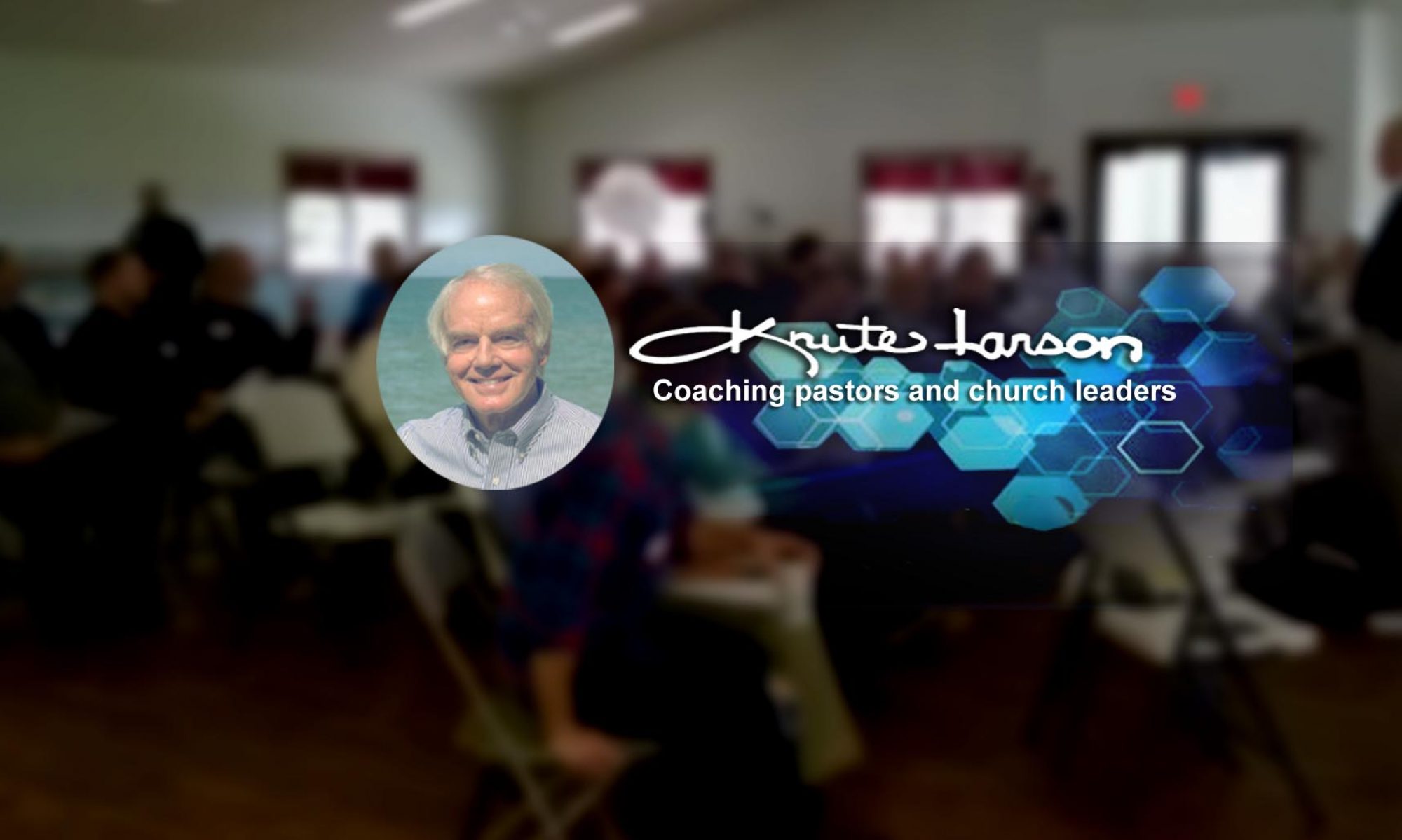If we started from scratch, or could start over, what would our church schedule look like?
BASIC, IMPORTANT
Worship/Celebration Service. A few up to thousands! Sunday service of worship (singing and prayer), ordinances, and expositional sermon — weekly. Child-care and children’s worship during the same hour are important (though we should think carefully about classes above grade 4, for older than that can enjoy and benefit from good worship and sermon.)
Community Bible Study Group (ABF or Home ABF). 8-70 is good for numbers in this groups, and the larger numbers are reserved for singles groups or an ABF for seniors in a large church!
Sometimes they work best before or after the worship service at the same building; often some meet in homes (and these are good for those who serve in worship or children’s classes on Sunday morning.
Recommended: Have both Sunday groups and home groups. Sunday will appeal to some who do not like to drive in winter evenings, and others whose week is scheduled full.
Home groups are great for those who teach and serve in worship Sundays as well as others who prefer another day for this group. Home groups should meet with twice a month or every week, and should have not only the teacher but a host leader, a care captain (assigns care and follow-up of consistent absentees or pain issues), and a missions chair (helps the group adopt one of the missionary families the church supports, to help this group have strong support and prayer for them).
It works well when the group discusses a few questions tied to the sermon for the start of the study.
Under this heading we would also put some age-group activities for children and youth.
Discipleship/Accountability Group. 3-7 all men or all women.
This group needs a leader who invites the men or women privately, seeing potential for them to grow in character and church leadership and strength. It is not a printed program for the church. (Neither are the community groups called true discipleship, which is more than content and community.)
ESSENTIAL and MORE
Outreach/Evangelism events and projects. To reach the unchurches, to “get the church on the map,” to benefit the community.
Serving, teaching, leading, overseeing. There must be a clear procedure for the pastor and staff and volunteers to help people find a place to serve others and not just benefit from the church.
Socials and larger community building and team-building. The dinners and breakfasts and events to help the general crowd of the church are important but should not be so frequent as to start filling the calendars of the families with church events. (Some of us grew up in environments where the church family had schedules that had them at the church building 4-5 evenings a week — and there we often talked about evangelism of friends and neighbors, who only knew we were always at church!)
For the pastor and staff and leaders of all these to plan: care, counseling (with technical and complicated long-term counseling handled by a Christian counseling ministry in connection with the church), systems of discipleship and growth, evangelism and social action.
BEST FOR LEADERSHIP: A pastor who serves and leads Sunday and weekend ministries with many volunteers, all serving with the “boundaries” set by one board of oversight (See “Soccer Field Model,” where the one board has:
Foundations. (doctrine, constitution, statement of faith)
Resources. (finances, building plans)
Guidelines. (policies and working papers that guide ministries and procedures)
Goals. (plans for the future, mood of the church, product seeking to produce)
This pastor and board of oversight are called by the church membership. Other ministry leaders are appointed, as with teachers, musicians, building care people, shut-in ministries, care people, youth workers, children’s teachers, and more
